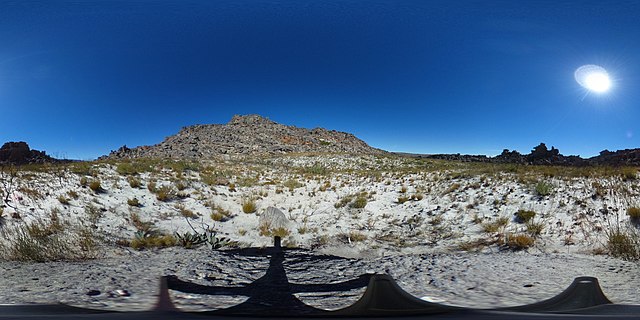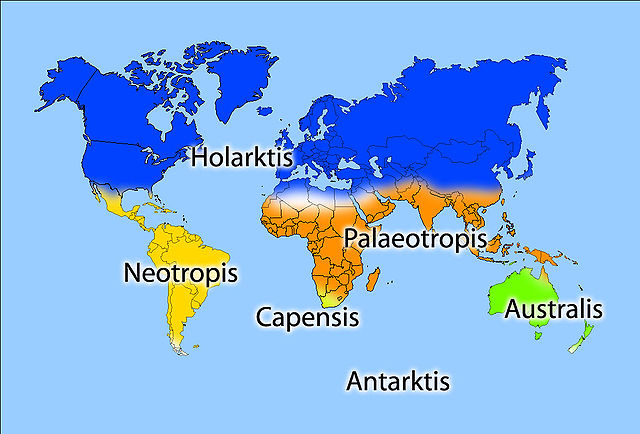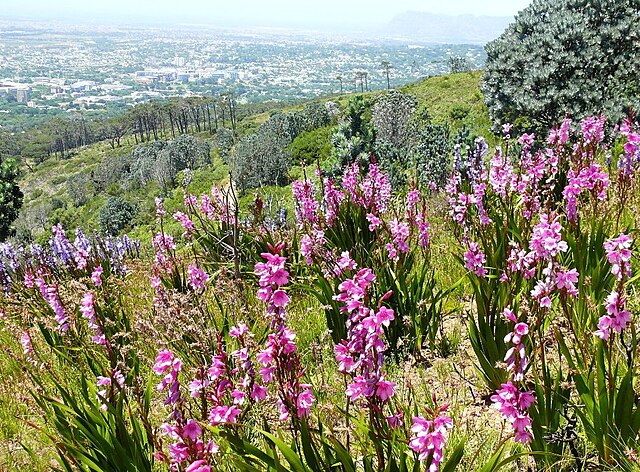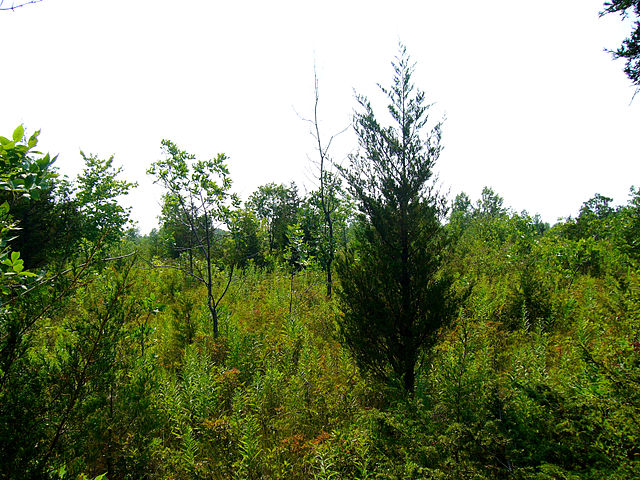Fynbos is a small belt of natural shrubland or heathland vegetation located in the Western Cape and Eastern Cape provinces of South Africa. This area is predominantly coastal and mountainous, with a Mediterranean climate and rainy winters. The fynbos ecoregion is within the Mediterranean forests, woodlands, and scrub biome. In fields related to biogeography, fynbos is known for its exceptional degree of biodiversity and endemism, consisting of about 80% species of the Cape floral kingdom, where nearly 6,000 of them are endemic. This land continues to face severe human-caused threats, but due to the many economic uses of the fynbos, conservation efforts are being made to help restore it.
Mountain fynbos on the Cape Peninsula
A 360 degree photograph of fynbos in the Groot Winterhoek section of the Cape Fold Mountains about 18 months after a fire. New plants can be seen in various stages of growth following the fire. The infertile white soil that fynbos tends to grow in can also be clearly seen.
The Cape Floral Kingdom (Capensis) is one of only six floristic kingdoms in the world. It is also the smallest and richest per unit of area.
Peninsula Shale Fynbos flora on Devils Peak, Cape Town
Shrubland, scrubland, scrub, brush, or bush is a plant community characterized by vegetation dominated by shrubs, often also including grasses, herbs, and geophytes. Shrubland may either occur naturally or be the result of human activity. It may be the mature vegetation type in a particular region and remain stable over time, or a transitional community that occurs temporarily as the result of a disturbance, such as fire. A stable state may be maintained by regular natural disturbance such as fire or browsing. Shrubland may be unsuitable for human habitation because of the danger of fire. The term was coined in 1903.
Low shrubland in Hawaii
Scrub vegetation with cactus in Webb County in south Texas
Mediterranean shrubland in Sardinia Italy
Shrubland in Prince Edward County, Ontario.








